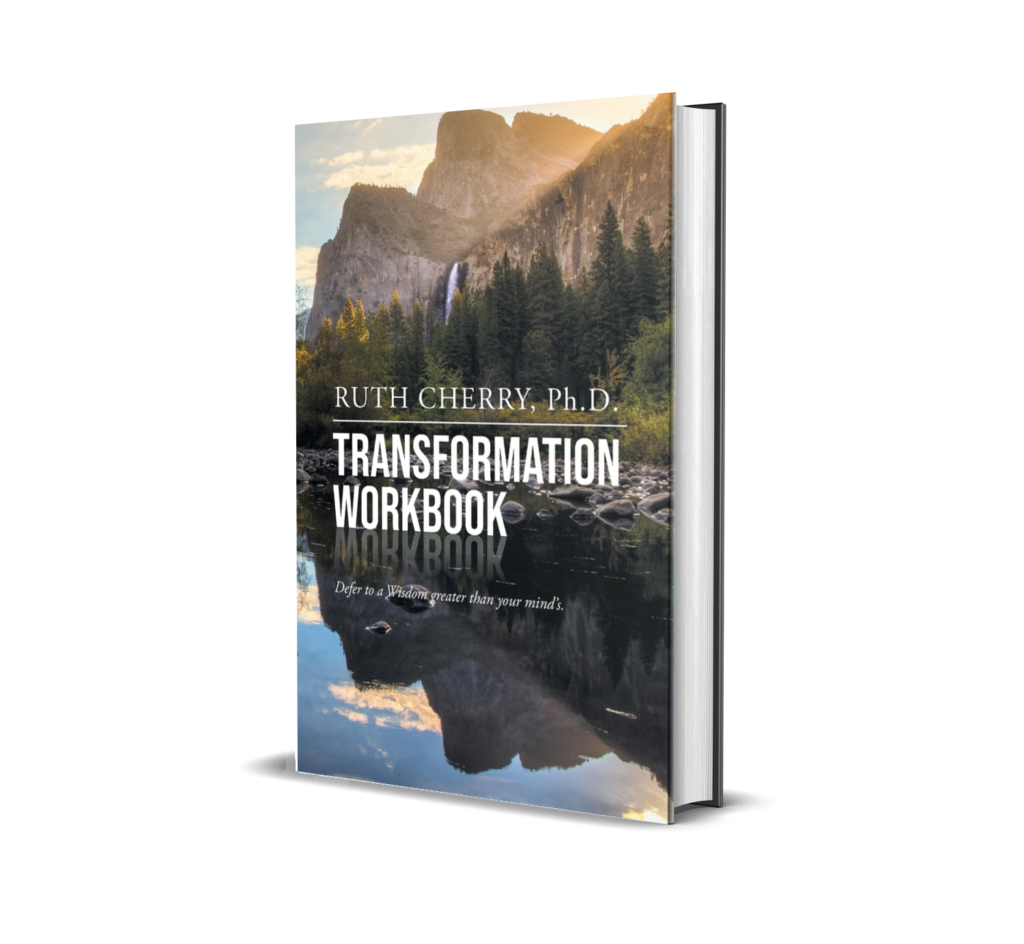

Transformation Workbook
Ruth Cherry, PhD
Reviewed by: Jonah Meyer, The US Review of Books
The pages of this psychological and spiritual workbook, writes author Cherry, are meant to “welcome your soul home.” Explaining that all people naturally seek to live “authentically and meaningfully,” with passion, joy, and self-expression, these truths “are our birthright,” Cherry says. But sometimes, we all are prone to losing our way in the world. And so, this book provides an opportunity for transformation—defined as the process in which we “recognize that we are both human and divine” and that it is our divinity that is capable of healing and guiding us.
In chapters such as “Integrating Your Vulnerability,” “Practicing Presence, Knowing Your Inner World,” and “Practicing Surrender, Partnering With Life,” the reader is presented with insightful prompts, all steps along the transformation journey. With an emphasis on stillness and deep contemplation, the exercises offered throughout this workbook invite a focus on paying attention to one’s momentary experiences and then journaling about what one feels, thinks, and observes in various scenarios. The book itself allows plenty of room for the reader to fill in one’s thoughts and experiences, inviting the practice of active, contemplative journaling to work through the many situations and other prompts presented.
With such examples as “The hardest thing to accept about myself is…” and “I am most comfortable with the part of me that…,” Cherry provides for readers an intimate space—both literally on the page with pen or pencil in hand and imaginatively by encouraging honest, non-judgmental inner reflection. The ultimate goal is to see a psychological and spiritual transformation occur through dedicated and repeated reading of a wide array of prompting exercises and statements for reflection.
Additionally, Cherry provides professional insight throughout regarding such issues as focusing on the breath and moving into one’s passive, alert Observer state. The Observer, as Cherry explains, watches one’s thoughts with detachment, observing but not thinking. As insightful information is presented and exercises for self-awareness are offered on each new page, the reader is consistently encouraged to “Write about your experience.” In this sense, the book is a true workbook meant to be savored. Its hallmark strength is present in the layout itself, where nearly half of the pages’ real estate is devoted for the reader to journal about the reflections and insights experienced from the reading. As such, the author and reader are in effect establishing a relationship of communication. In many ways, Cherry’s approach is like leading a meditative session to facilitate the ultimate transformative qualities with which the book is chiefly concerned.
The author is a clinical psychologist with a private practice in San Luis Obispo, CA. Having been diagnosed with multiple sclerosis, Cherry writes that she “looked deep inside and promised” herself that she would walk again, even if she didn’t know how but trusting that she would be guided. Committed to deepening her spiritual path, writing in her journal, and meditating several times daily, she says she watched old emotional wounds and mistaken beliefs begin to resolve. She learned to welcome her diagnosis as an opportunity to practice complete self-acceptance. This inspirational work could be of great interest to readers living with disabilities as well as those seeking personal transformation.
